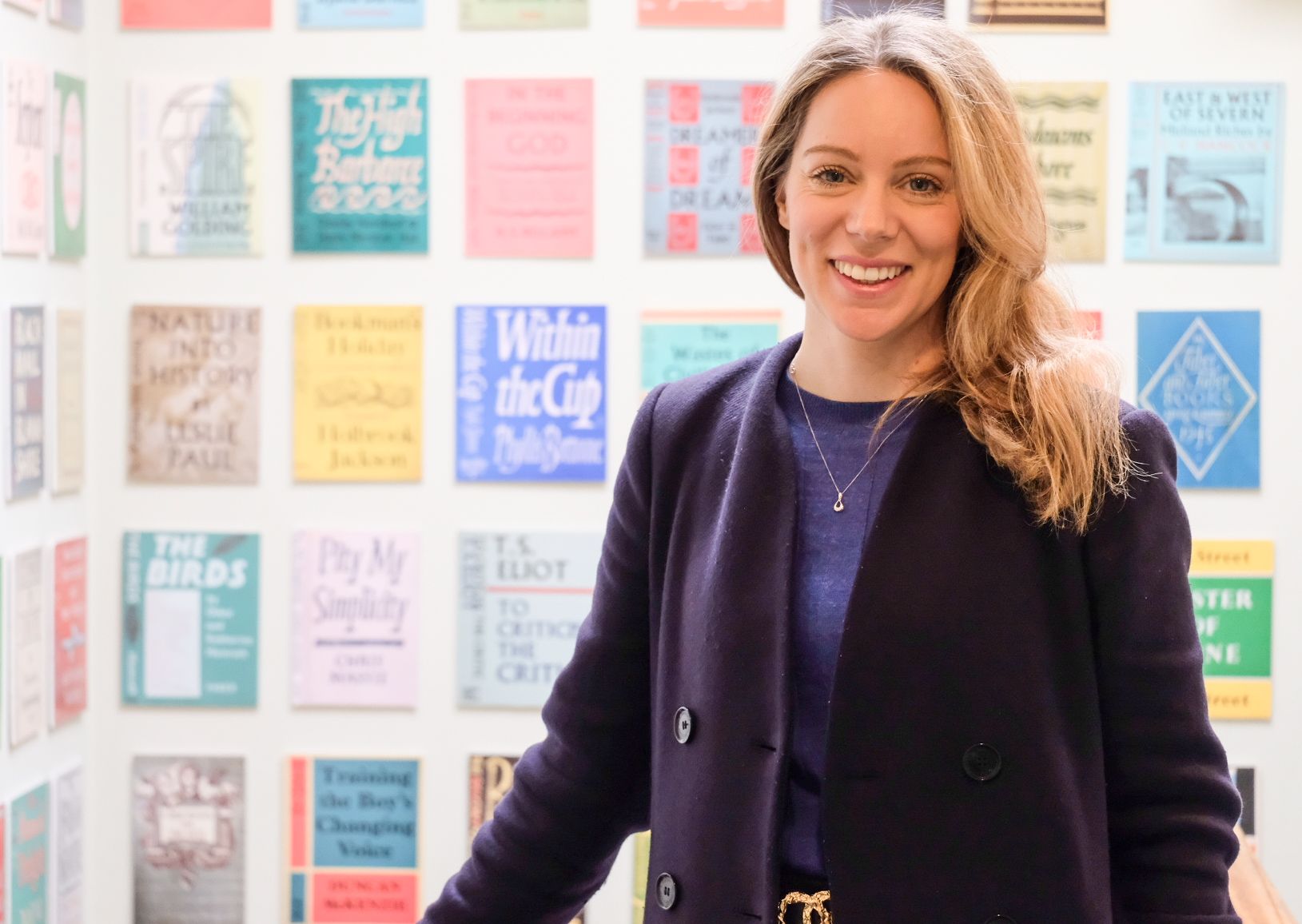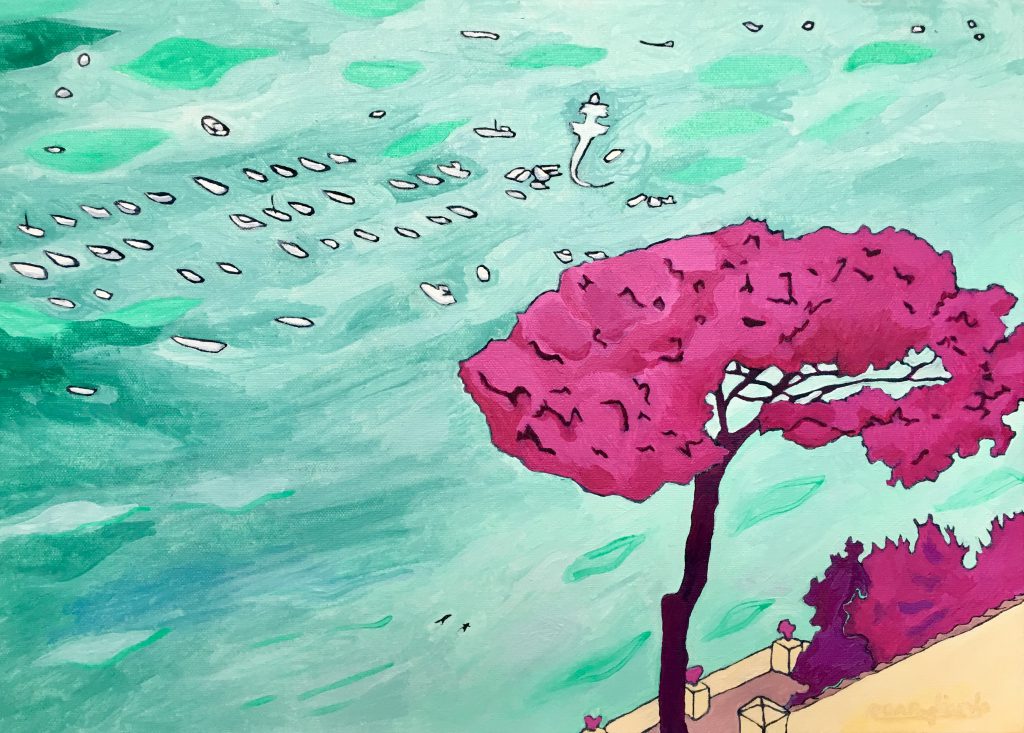On 25th January 2017 I was invited to speak about my experience of working in the art world to Art History students at the University of Oxford. I joined other professionals in the field, all alumni, now working across a variety of fields, from curating to art marketing. It was interesting to hear that none of the speakers had undertaken unpaid internships whilst trying to forge their art career. These were some of the top tips which were given to students asking how best to get a job in the art world:
Tom Ryley, Communications and Digital Officer, Old Royal Naval College
- Develop your digital skills: Be aware that many arts jobs, including marketing, require excellent digital skills. In his role, Tom uses social media statistics, Google Analytics and Google AdWords to connect with audiences online and increase engagement with the museum’s programme of events and exhibitions.
- Join student societies: Whilst you are still at university you can lead on projects and campaigns run by societies, which will develop employability skills, such as marketing and communications.
Dina Akhmadeeva, Assistant Curator, Collections International Art at Tate Modern
- Think internationally: If you are interested in curating, you can apply for curatorial traineeships around the world. Dina took up placements in the USA and the Netherlands before starting to work at Tate Modern.
- Write: Pitch ideas for articles to editors at magazines and websites to get your writing featured and build up an authentic profile, which employers will take seriously.
Ruth Millington, Arts Internships Officer, University of Birmingham and Freelance Writer
- Use social media: Many arts organisations post internships and jobs on Twitter, Facebook and LinkedIn. You can also sell yourself and your skills, and engage with employers.
- Do work experience: Fit work experience around your studies. Within Oxford there are lots of opportunities to volunteer across the seven Oxford University Museums and Collections. In vacations, you can apply for more structured internships schemes, such as placements at auction houses. These experiences allow you to network, develop skills and knowledge, and work out the career you would be best suited to.
Josh Baldwin, Senior Game Designer, Coldwood Interactive
- Prove your motivation: Research and engage with the industry you’re interested in. This could include blogging, creating visual content, modding (for the games industry) and producing articles. These activities will build up your professional voice and portfolio, and allow you to interact with others in the field.
- Consider smaller companies: Offer your services (for less than they are worth) to small companies, rather than the big names, as this may give you that first foot in the door. If you are making a speculative application, show real understanding of the work this organisation does and express why you would be the perfect fit for them.
Joining the Dots
One important question you can ask yourself, both at the start of and as you progress through your career, is this: what side of the art do you want to be on? Selling? Researching? Making? Finding your place may not be immediate. In fact, each speaker stressed the varied route they had taken after graduation, which often did not make sense until later on. So, if you don’t immediately get a job in an arts organisation after graduating, don’t panic! Employers will value the skills you have developed whilst working in other sectors, and sometimes even prefer this. There is no set career ladder in the art world so be prepared to move around, be creative and play to your strengths.
This article was originally published on the Art History blog at the University of Oxford.


